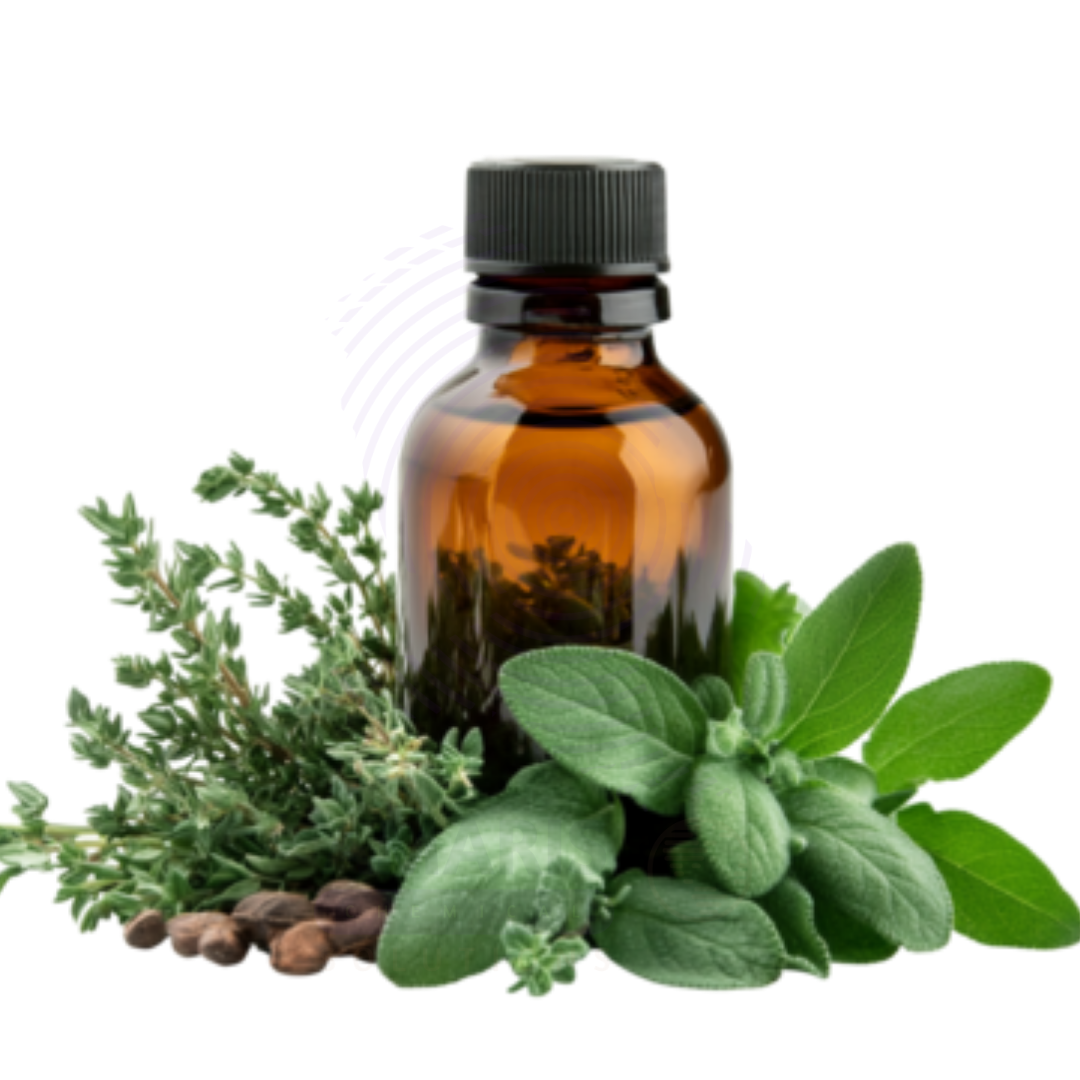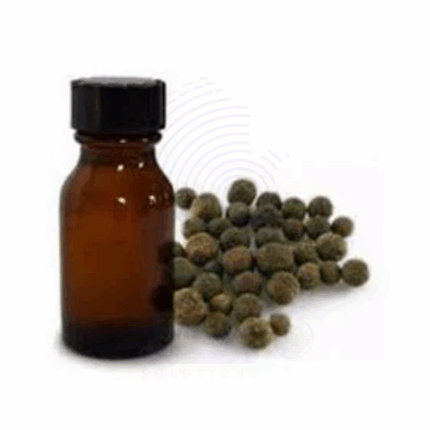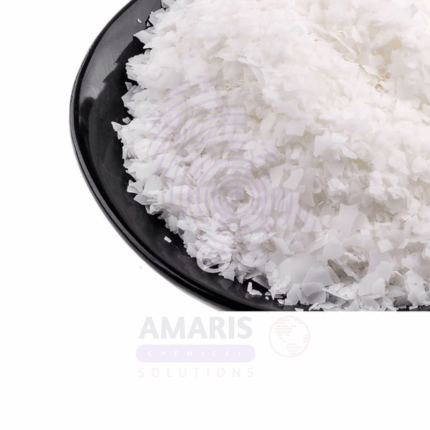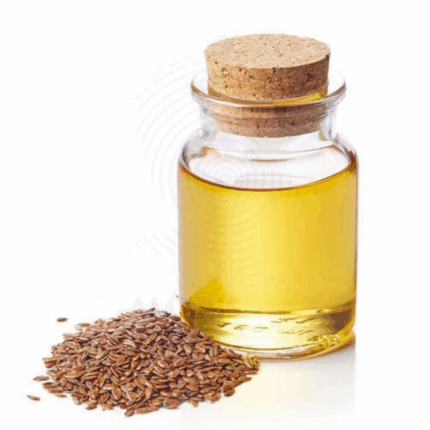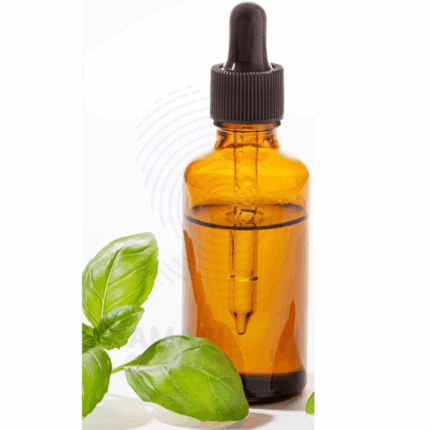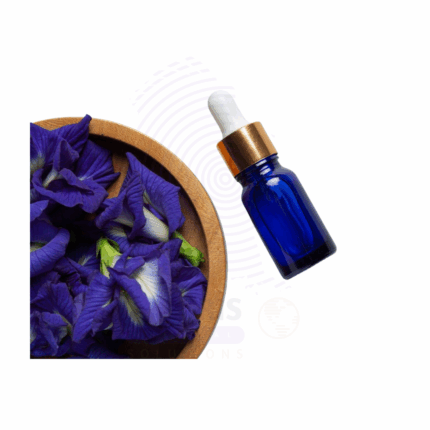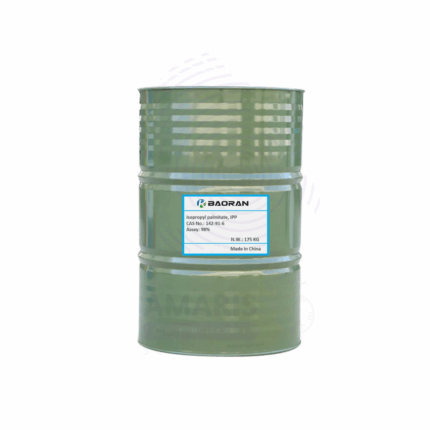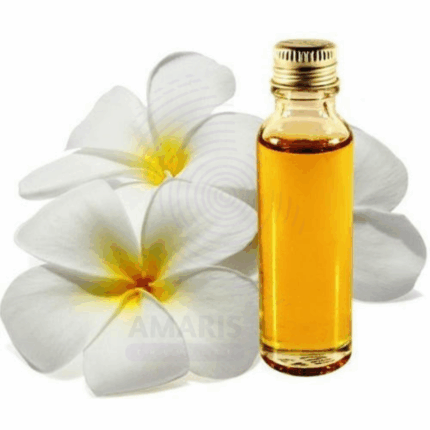Infused Essential Oils
Infused Essential Oils are created by steeping herbs, flowers, or botanicals in a carrier oil to extract their aromatic and therapeutic properties. Unlike steam-distilled essential oils, infused oils capture the essence of the plant material through prolonged maceration, resulting in a gentle and rich oil used widely in aromatherapy, skincare, and massage.
These oils are prized for their mild scent, skin-conditioning benefits, and ability to carry the active compounds of botanicals. Infused oils often serve as bases in natural formulations and offer a more subtle alternative to pure essential oils.
Infused Essential Oils
Primary Uses
Cosmetics and Personal Care
- Used as moisturizing and nourishing oils in creams, lotions, and balms.
- Incorporated into massage oils and body oils for skin soothing and aromatherapy benefits.
- Added to lip balms and salves for conditioning and mild fragrance.
- Included in natural and organic skincare products for botanical benefits.
- Used in hair care formulations for scalp nourishment and shine enhancement.
Aromatherapy & Wellness
- Used as carrier oils for diluting pure essential oils safely.
- Employed in therapeutic massage blends to support relaxation and stress relief.
- Applied in natural remedies for skin conditions such as dryness or irritation.
Secondary Uses
Household and Artisan Products
- Used in handmade soaps, candles, and body care products for added scent and botanical properties.
- Added to bath oils and scrubs for a soothing bathing experience.
Food and Beverage Industry
Occasionally used in flavoring natural food products (only food-grade carrier oils and botanicals).
Basic Identification Attributes
- Botanical Source: Varies based on infused botanicals (e.g., Calendula officinalis, Lavender spp.)
- Common/Trade Name: Infused Essential Oil
- INCI Name: Varies by carrier and herb used (e.g., Helianthus Annuus (Sunflower) Seed Oil Infused with Calendula Officinalis)
- CAS Number: Varies
- HS Code: 3301.29
- Synonyms: Macerated Oil, Botanical Infused Oil
Physical & Chemical Properties
- Physical State: Liquid oil
- Color & Odor: Color and scent vary depending on infused botanicals and carrier oil used
- Solubility: Insoluble in water; soluble in alcohol and oils
- Specific Gravity: Depends on carrier oil (typically 0.9–0.95)
Safety & Hazard Attributes
- GHS Classification: Generally non-hazardous; depends on infused botanicals
- Toxicity: Low; safe when used appropriately in topical applications
- Allergen Information: Possible allergens depending on botanicals used; patch testing recommended
- Exposure Limits: None typically required
Storage & Handling Attributes
- Storage Conditions: Store in a cool, dark place to prevent oxidation
- Container Type: Amber glass bottles or food-grade plastic containers
- Shelf Life: 12–24 months depending on carrier oil and storage
- Handling Precautions: Use clean tools; avoid contamination and prolonged exposure to heat or light
Regulatory & Compliance Attributes
- Compliant with cosmetic regulations when used in personal care products
- Food-grade status depends on carrier oil and infused botanicals
- Produced in GMP-compliant facilities
Environmental & Health Impact
- Biodegradability: Biodegradable under normal conditions
- Ecotoxicity: Low environmental impact
- Bioaccumulation: Not expected
Safety Handling Precautions
- PPE Required: Gloves recommended for sensitive skin
- Handling Guidelines: Avoid ingestion; use topically as directed
First Aid Measures
- Inhalation: Move to fresh air if irritation occurs
- Skin Contact: Wash off with soap and water if irritation develops
- Eye Contact: Rinse thoroughly with water
- Ingestion: Seek medical attention if ingested in large quantities
Firefighting Measures
- Fire Hazards: Combustible oil; keep away from open flames
- Extinguishing Media: Foam, dry chemical, CO₂
- Special Precautions: Use protective equipment
- Hazardous Combustion Products: Carbon oxides


 Preservatives(food)
Preservatives(food) Flavor Enhancers
Flavor Enhancers Acidulants
Acidulants Sweeteners
Sweeteners Antioxidants
Antioxidants Colorants(food)
Colorants(food) Nutraceutical Ingredients (food)
Nutraceutical Ingredients (food) Nutrient Supplements
Nutrient Supplements Emulsifiers
Emulsifiers
 Collectors
Collectors Dust Suppressants
Dust Suppressants Explosives and Blasting Agents
Explosives and Blasting Agents Flocculants and Coagulants
Flocculants and Coagulants Frothers
Frothers Leaching Agents
Leaching Agents pH Modifiers
pH Modifiers Precious Metal Extraction Agents
Precious Metal Extraction Agents
 Antioxidants(plastic)
Antioxidants(plastic) Colorants (Pigments, Dyes)
Colorants (Pigments, Dyes) Fillers and Reinforcements
Fillers and Reinforcements Flame Retardants
Flame Retardants Monomers
Monomers Plasticizers
Plasticizers Polymerization Initiators
Polymerization Initiators Stabilizers (UV, Heat)
Stabilizers (UV, Heat)
 Antifoaming Agents
Antifoaming Agents Chelating Agents
Chelating Agents Coagulants and Flocculants
Coagulants and Flocculants Corrosion Inhibitors
Corrosion Inhibitors Disinfectants and Biocides
Disinfectants and Biocides Oxidizing Agents
Oxidizing Agents pH Adjusters
pH Adjusters Scale Inhibitors( water)
Scale Inhibitors( water)
 Antioxidants(cosmetic)
Antioxidants(cosmetic) Emollients
Emollients Fragrances and Essential Oils
Fragrances and Essential Oils Humectants
Humectants Preservatives
Preservatives Surfactants(cosmetic)
Surfactants(cosmetic) Thickeners
Thickeners UV Filters
UV Filters
 Fertilizers
Fertilizers Soil Conditioners
Soil Conditioners Plant Growth Regulators
Plant Growth Regulators Animal Feed Additives
Animal Feed Additives Biostimulants
Biostimulants Pesticides (Herbicides, Insecticides, Fungicides)
Pesticides (Herbicides, Insecticides, Fungicides)
 Active Pharmaceutical Ingredients (APIs)
Active Pharmaceutical Ingredients (APIs) Excipients
Excipients Solvents(pharmaceutical)
Solvents(pharmaceutical) Antibiotics
Antibiotics Antiseptics and Disinfectants
Antiseptics and Disinfectants Vaccine Adjuvants
Vaccine Adjuvants Nutraceutical Ingredients (pharmaceutical)
Nutraceutical Ingredients (pharmaceutical) Analgesics & Antipyretics
Analgesics & Antipyretics
 Analytical Reagents
Analytical Reagents Solvents(lab)
Solvents(lab) Chromatography Chemicals
Chromatography Chemicals Spectroscopy Reagents
Spectroscopy Reagents microbiology-and-cell-culture-reagents
microbiology-and-cell-culture-reagents Molecular Biology Reagents
Molecular Biology Reagents Biochemical Reagents
Biochemical Reagents Inorganic and Organic Standards
Inorganic and Organic Standards Laboratory Safety Chemicals
Laboratory Safety Chemicals Specialty Laboratory Chemicals(Special Laboratory Equipment)
Specialty Laboratory Chemicals(Special Laboratory Equipment)
 Demulsifiers
Demulsifiers Hydraulic Fracturing Fluids
Hydraulic Fracturing Fluids Scale Inhibitors(oil)
Scale Inhibitors(oil) Surfactants(oil)
Surfactants(oil) Drilling Fluids
Drilling Fluids
 Dyes and Pigments
Dyes and Pigments Bleaching Agents
Bleaching Agents Softening Agents
Softening Agents Finishing Agents
Finishing Agents Antistatic Agents
Antistatic Agents
 Admixtures
Admixtures Waterproofing Agents
Waterproofing Agents Sealants and Adhesives
Sealants and Adhesives Curing Compounds
Curing Compounds Concrete Repair Chemicals
Concrete Repair Chemicals Anti-Corrosion Coatings
Anti-Corrosion Coatings
 Surfactants(cleaning)
Surfactants(cleaning) Builders
Builders Enzymes
Enzymes Solvents (Cleaning)
Solvents (Cleaning) Fragrances
Fragrances
 Electronic Chemicals
Electronic Chemicals Catalysts
Catalysts Lubricants
Lubricants Photographic Chemicals
Photographic Chemicals Refrigerants
Refrigerants Automotive chemicals
Automotive chemicals Pyrotechnic Chemicals
Pyrotechnic Chemicals
 Biodegradable Surfactants
Biodegradable Surfactants Bio-based Solvents
Bio-based Solvents Renewable Polymers
Renewable Polymers Carbon Capture Chemicals
Carbon Capture Chemicals Wastewater Treatment Chemicals
Wastewater Treatment Chemicals
 Pigments
Pigments Solvents(paint)
Solvents(paint) Specialty Coatings
Specialty Coatings Binders/Resins
Binders/Resins Additives
Additives Driers
Driers Anti-Corrosion Agents
Anti-Corrosion Agents Functional Coatings
Functional Coatings Application-Specific Coatings
Application-Specific Coatings
 Fresh Herbs
Fresh Herbs Ground Spices
Ground Spices Whole Spices
Whole Spices Spice Blends
Spice Blends Dried Herbs
Dried Herbs
 Leavening Agents
Leavening Agents Dough Conditioners
Dough Conditioners Flour Treatments
Flour Treatments Fat Replacers
Fat Replacers Decoratives
Decoratives Preservatives(baking)
Preservatives(baking)
 Plasticizers & Softeners
Plasticizers & Softeners Reinforcing Agents
Reinforcing Agents Adhesion Promoters
Adhesion Promoters Vulcanizing Agents
Vulcanizing Agents Antidegradants
Antidegradants Blowing Agents
Blowing Agents Fillers & Extenders
Fillers & Extenders Accelerators & Retarders
Accelerators & Retarders